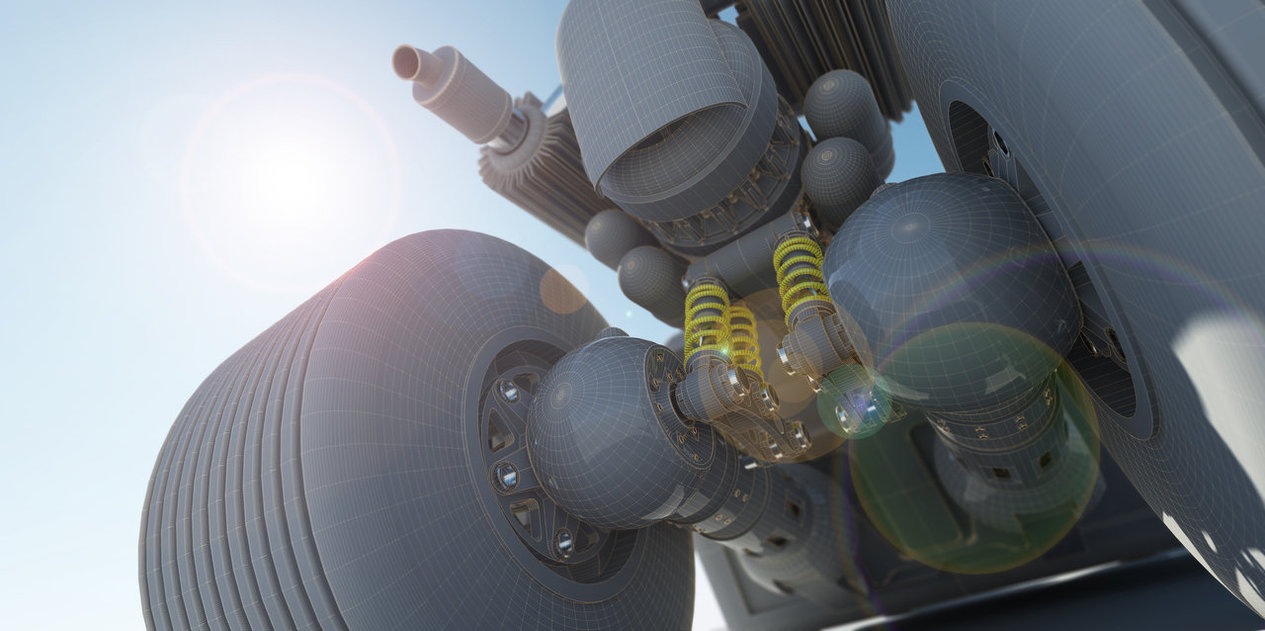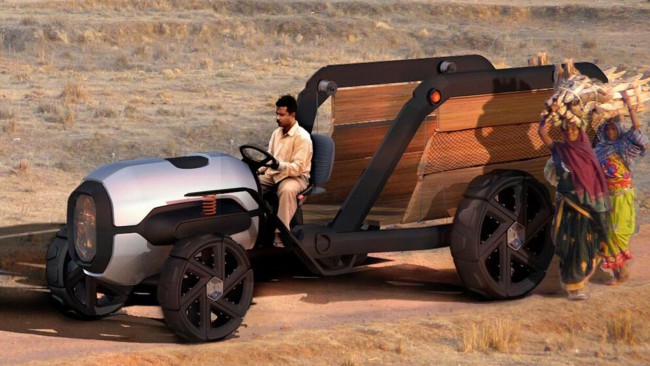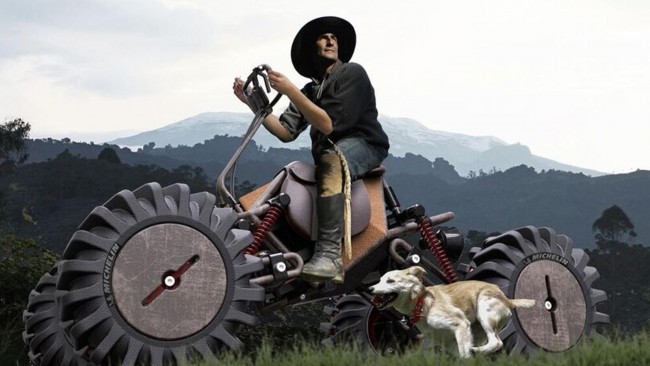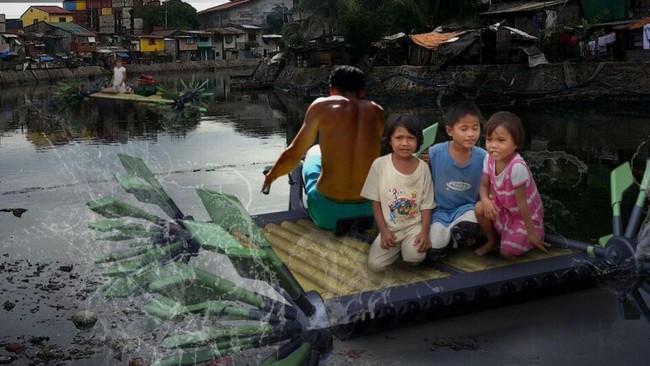
Giant bike, able to ride on mountain trails; tractor, which can be turned into a market tray or ambulance; electric bamboo raft… How handy these ideas of the future of transportation developing countries? Their creators did not graduate from prestigious schools of designers — some of them don’t even know what the design. But their ideas are so new and revolutionary that the major car manufacturers, though reluctantly, but take note of this.
These are the winners of the Michelin Challenge Design, recently presented at the world famous auto show in Detroit. As we have already said, the concept of the contest participants largely at odds with what is commonly show us the traditional brands, and taking us to completely different future. This year it was won by water transport, which can quickly be assembled from bamboo in the flood, web-connected agricultural vehicle that can be converted in the event of a disaster, and the replacement of the horse by solar batteries.
Theme design contest-from Michelin this year was “Mobility for all — the design for a new era”.
“In the world only a few places where go car designers, says organizer Ben Ebel, alluding to several well-established schools of design. — Companies that are engaged in mobility or cars, the selection is small, and we believe that it is possible to find talented people who not visited these schools and are not from the USA, UK or Europe”.
Michelin says that its competition is open to all, regardless of location. 14 of the winning designs were selected on the basis of 875 participating works, representing 68 countries.
What can you tell us about the possible future of global transport three of the winning entries?

First place was awarded to “public transport” development of Rajshekhar dass, senior student of transportation design at DSK ISD, India. Dass and his team wanted to make a transport for underdeveloped rural areas of India and modern technology were more affordable. At first glance, this transport is similar to the normal transport. But if you look closely, you can see the removable lights that can be turned into lighting for home or street.
Rear multi-function: it can be used for transportation of grain crops, and after as a market stall, which they can immediately sell. It can also be converted to carry passengers, that the farmer could fetch extra money as a taxi driver.
And yet, the most interesting of such transport in an emergency situation. Since the tractor will be connected to something like Google’s Project Loon, which uses balloons to provide access to the remote areas to the Internet, if necessary, it can be used as an ambulance.
“Whenever we learn, we try not to rely on fictional technology,” says Ebel. This work is not related to Google, but the judges liked the fact that it is built on the existing initiative and complements. It also emphasizes the idea that in the future the transport will depend on the information to include it and expand.

Second place went to an agricultural transportation in rural Argentina. There is a micro-production or family farming. Coffee, for example, are grown in small farms, and then transported by horse or mule on rough tracks to the Central treatment plant. Transport Arrierio like a giant ATV. It left with the mechanical parts in mind. This will make it easy to modify and maintain it. Electric transport created by Edgar Andres Sarmiento Garcia from Bogota, Colombia, can be a good replacement for the mules, being able to move through the same rough terrain as mules.
“It’s replacing one device to another, says Ebel. And it raises the question: is it better or just different? Such a device can be constructed to adapt depending on the need of the person who will use it, and I, as a designer, encouraging a depth of thinking”.

The transport, which took third place, probably the most innovative of all. “Third place is a bit from another world,” laughs Ebel.
It’s called a Recumbent Bamboo and created by Woo sung Lee and Chan Yeop by Jong from South Korea. This concept should bring mobility to the people who live in places like Navotas, in Central Philippines. 25 million people live in slum areas. They are not one of those who will buy the car, but when the flooding happens, they need transport. Their villages can quickly be filled with dirty water, which washes away the surrounding garbage. A bamboo raft can be assembled from a set of details ordinary bamboo. In addition, it can even purify water that passes through it, thanks to the moving parts.
And although all these ideas are purely conceptual, and to buy created on their basis transport, they may affect the design of transport in the future.
“If you look at the automobile industry, it will remain for a long time in that condition, says Ebel. — You can make a couple million that do now. But if your organization is focused on mobility, it is useful to diversity in thinking.”
